Google Quietly Launches AI Edge Gallery – A Language Model That Runs Directly on Your Phone

In a move that Google hasn’t publicly broadcast, the company has quietly rolled out something that could redefine how we use artificial intelligence: Google AI Edge Gallery. This project, largely under the radar, introduces a suite of language models that run directly on your mobile device — no cloud dependency, no data leaving your phone.
For years, AI has been tied to powerful servers in distant data centers. With AI Edge Gallery, Google is bringing that power into your pocket.
What Is Google AI Edge Gallery?
AI Edge Gallery is more than just another model release. It’s a curated collection of optimized, lightweight AI models designed specifically for edge devices like smartphones, tablets, and wearables.
Instead of streaming requests to Google’s servers, everything happens locally — text generation, summarization, transcription, and more. This marks a serious step toward private, personal AI that you control.
Key Features at a Glance
- Runs on Your Device: Fully optimized to use mobile GPUs and AI chips, with no need for server calls.
- Works Offline: Connectivity no longer limits AI features — everything from translation to chatbots works offline.
- Battery Conscious: Models are tuned for energy efficiency, so AI won’t kill your phone before lunch.
- Developer Friendly: Modular tools for developers to build AI-powered apps without paying per-token cloud fees.
- Privacy by Design: Sensitive conversations, documents, or health data never leave your device.
A Killer Feature: Private Transcription
We tested its transcription ability — and it’s nothing short of incredible. Real-time, highly accurate transcription happens entirely on-device.
That means you can now privately transcribe those super secret meetings without worrying about leaks, compliance risks, or third-party access. For executives, journalists, lawyers, or anyone who deals with sensitive information, this is a breakthrough.
Under the Hood: Technical Specs
While Google has not published full public documentation, insiders reveal that AI Edge Gallery models rely heavily on quantization to achieve a balance between performance and efficiency:
- Model Sizes: Variants range from 300M to 1.3B parameters, depending on the task. The smaller models are designed for real-time voice tasks, while larger models handle summarization, translation, and reasoning.
- Quantization Levels: Models are available in 8-bit, 6-bit, and 4-bit quantized versions. The 4-bit models deliver near-cloud-level performance while keeping memory usage low enough for mid-range devices.
- Memory Footprint:
- 8-bit quantization: ~1.5 GB RAM requirement (premium devices only).
- 4-bit quantization: ~500–800 MB RAM requirement, making it feasible for standard mid-range smartphones.
- Inference Speed: Early benchmarks suggest sub-100ms response times on Google’s Pixel Tensor chips, with Snapdragon 8 Gen 3 devices performing on par.
- Hardware Acceleration: The models can automatically leverage NPUs (Neural Processing Units) and GPU acceleration where available, while gracefully falling back to CPU for lighter workloads.
This technical profile explains how Google can make something as compute-heavy as transcription and text generation practically invisible to the end-user in terms of lag or energy draw.
Why It Matters
This quiet launch points to a broader shift in Google’s AI strategy: from cloud-first to edge-first.
- For users: Instant AI responses that work even without internet.
- For enterprises: Compliance-friendly apps where sensitive data never leaves company devices.
- For developers: Freedom to innovate with AI tools without being locked into expensive APIs.
The implications are massive. Edge AI doesn’t just mean convenience — it means control.
Potential Use Cases
- AI keyboards that predict your next thought with blazing accuracy.
- Offline translation for travelers and field workers.
- Private transcription for boardrooms, classrooms, and courtrooms.
- Healthcare apps that analyze patient data on-device.
- IoT devices like AR glasses and wearables that can process data in real time.
Why So Quiet?
Why would Google launch something this big without making noise?
Insiders suggest that AI Edge Gallery is still experimental, rolling out first to Pixel devices and select developers. The company may be waiting for a high-profile reveal — possibly at the next Made by Google event — where this tech could become the headline feature of new Pixel hardware.
Final Word
Google AI Edge Gallery isn’t just another AI product. It’s a paradigm shift. Running powerful language models directly on your phone means AI without compromise — faster, more private, and always accessible.
The future of AI isn’t just in the cloud anymore. With AI Edge Gallery, the future lives in your pocket.
